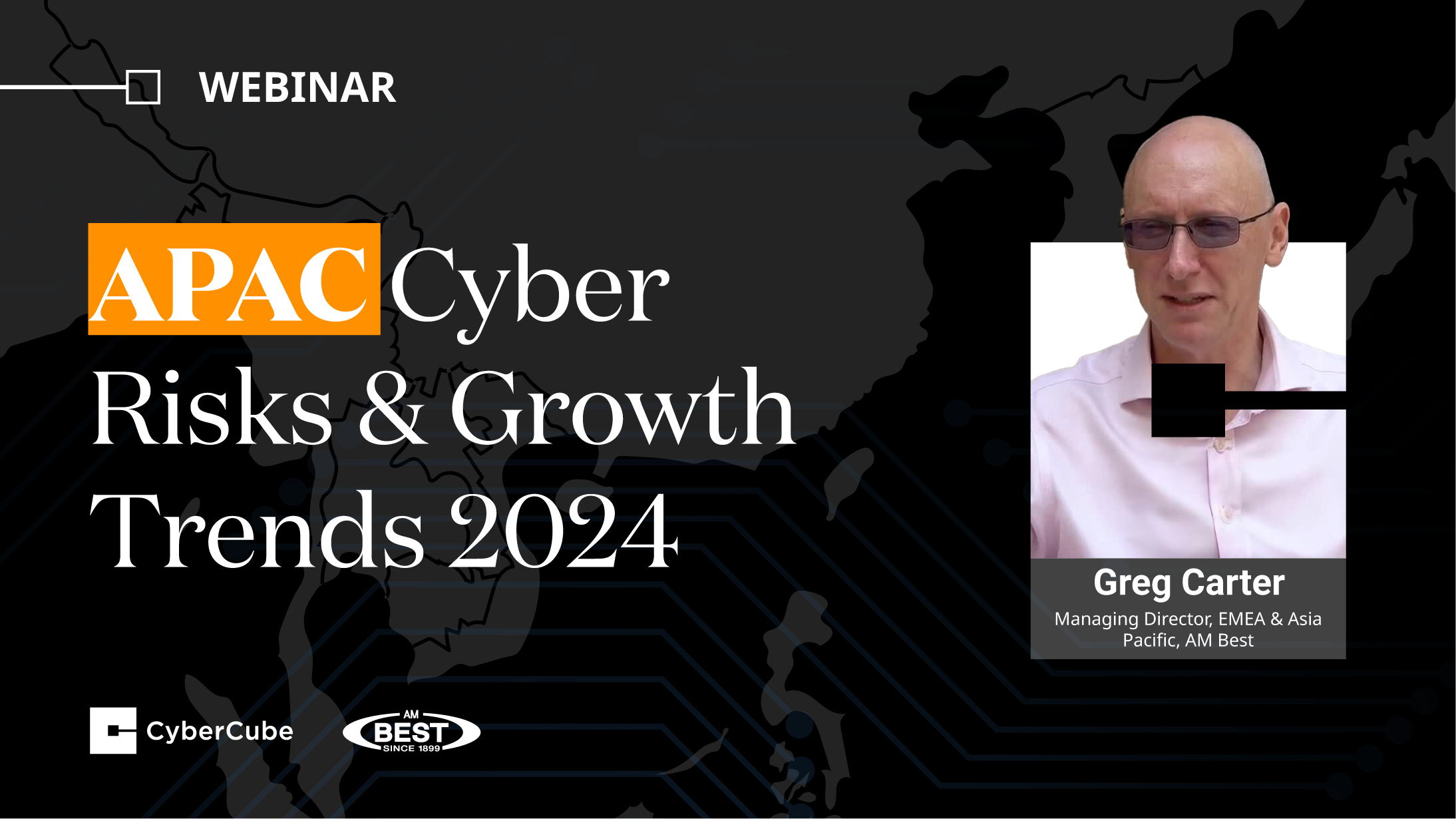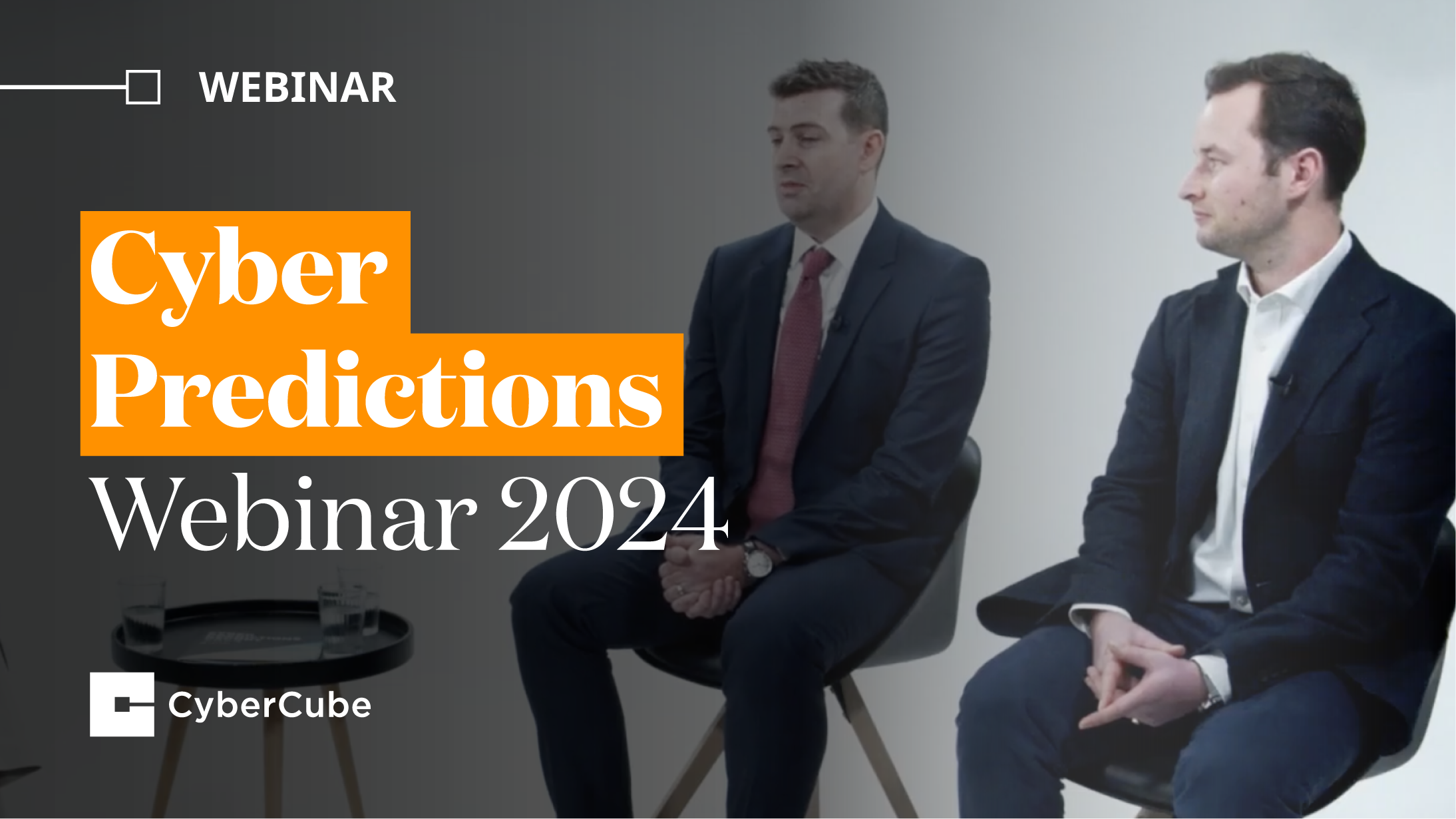Summary
The webinar on cyber risk and opportunities in the insurance industry discussed the rapidly evolving cyber threat landscape, where ransomware attacks and business email scams have become more prevalent. Cyber insurance is becoming increasingly vital for businesses as these threats grow. The discussion featured Matt Ferguson of Sonar Global, Pascal Millaire of CyberCube, and Gil Arazi of FinTLV, who examined the challenges and opportunities for the P&C insurance sector.
One of the central themes was the significant growth potential in the cyber insurance market. Pascal highlighted that cyber risk might be the largest opportunity for P&C insurers in generations. He noted that cyber risk is often the top concern for enterprise insurance buyers, and with the rapid technological evolution—particularly with IoT, AI, and data proliferation—this risk will only increase. Projections indicate that by the early 2030s, cyber reinsurance could surpass natural catastrophe reinsurance, with cyber insurance possibly becoming 30 times larger by 2040.
Despite this optimism, systemic risks remain a key challenge. Gil emphasized that while the market is growing, with notable examples like Corvus leading the way, systemic risks like large-scale attacks or catastrophic events can jeopardize the sustainability of cyber insurance. He pointed out that many small and medium-sized enterprises (SMEs) remain unprotected, and 60% of SMEs hit by cyberattacks never recover. This represents a massive protection gap and a substantial opportunity for insurers to address this underserved market.
The panelists agreed that the future of cyber insurance hinges on addressing these systemic risks and expanding capacity in the market. Reinsurance capacity is crucial, but insurers need to be cautious of aggregation risks and ensure that they’re not unintentionally covering everything, including catastrophic events. Pascal shared insights from CyberCube’s work with Lloyd’s, noting that understanding and modeling catastrophe risks can help insurers manage exposure better. The internet, he said, has proven more resilient than expected, with mini-catastrophic events happening frequently but causing relatively low insurance losses.
Innovation is driving sustainability in the cyber insurance sector. Pascal discussed the importance of advanced analytics and modeling tools like CyberCube’s platform, which can help insurers make better risk assessments by analyzing thousands of data points to identify higher-risk scenarios. This allows for more precise underwriting and pricing, ensuring that insurers can provide coverage while maintaining profitability.
The panel also touched on the role of technology in improving the cyber insurance landscape. Continuous risk monitoring, prevention strategies, and post-breach services are becoming integral parts of the cyber insurance offering. Pascal highlighted that the post-breach services provided by insurers, such as incident response, forensics, and crisis management, are crucial in helping businesses recover from cyberattacks. These services differentiate cyber insurance from other insurance lines and add significant value for clients.
Looking ahead, the speakers were optimistic about the sustainability of the cyber insurance market. They noted that as technology continues to evolve, the need for cyber protection will only increase. However, for the market to thrive, insurers must continue innovating and finding ways to mitigate systemic risks. This could involve partnering with the public sector to cover extreme risks or exploring new forms of capacity, such as Insurance-Linked Securities (ILS), which are already being used in parametric insurance.
In conclusion, the future of cyber insurance looks promising, with significant opportunities for growth. However, insurers must navigate the challenges of systemic risk, capacity constraints, and ensuring sustainable practices. The industry’s success will depend on its ability to adapt to an increasingly digital world and provide meaningful protection for businesses against the ever-evolving cyber threat landscape.



